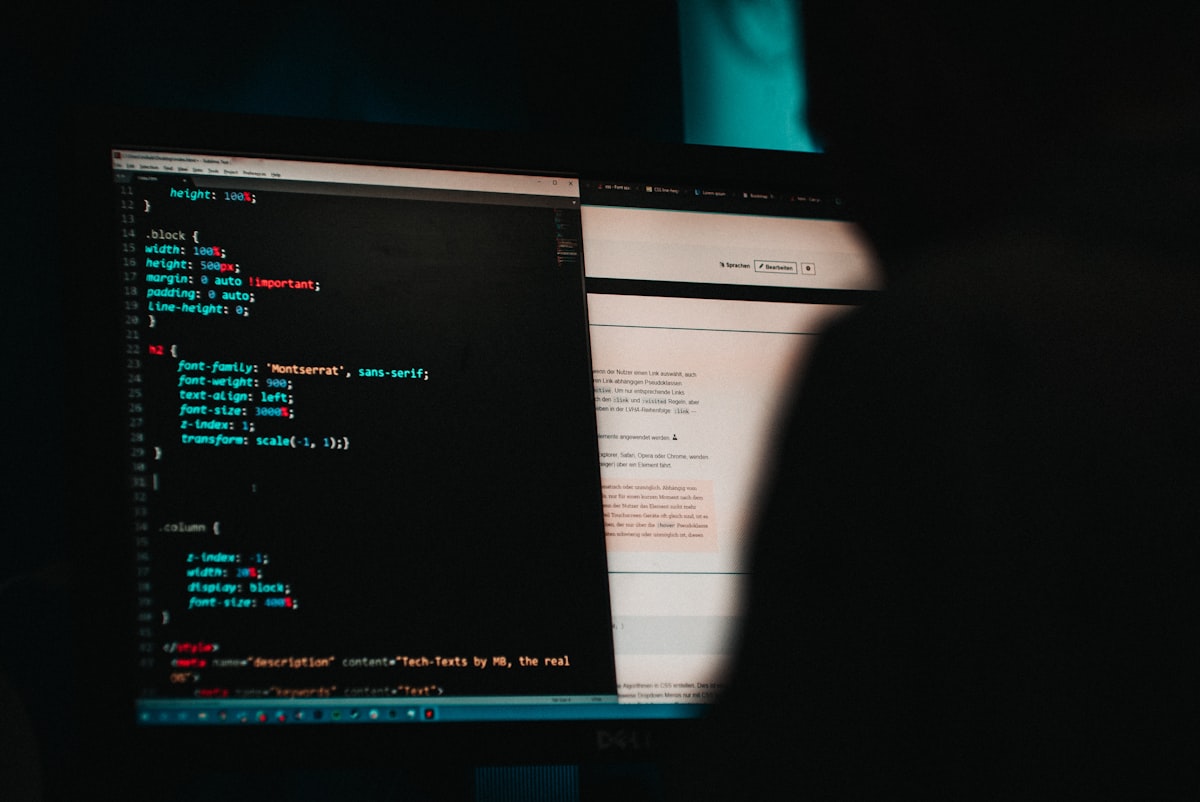I could have said "FLOSS" tools. But I said "free/dom" tools because some great freedom tools might not be free, as in free beer. Also, free/dom tools is meant to touch back on the "open protocols" we mention in what Chat MPC is "About," i.e.
How generative AI, co-operatives, bitcoin, the Lightning Network, Nostr, law, open protocols and free/dom tools are making the world a better place for our children
Open protocols are standards that define how different devices and software applications can communicate with each other. Open protocols are often used in FLOSS software, but they can also be used in proprietary software.
FLOSS stands for Free/Libre and Open Source Software. It is software that can be used, studied, shared, and modified by anyone. FLOSS software is often contrasted with proprietary software, which is owned by a company and cannot be freely used or modified.
So, FLOSS and open protocols are the same, but not the same.
The main difference between FLOSS and open protocols is that FLOSS is software, while open protocols are standards. FLOSS is a product that can be used and modified, while open protocols are a set of rules that define how products can communicate.
Another difference between FLOSS and open protocols is that FLOSS is typically licensed under a free software license, while open protocols can be licensed under a variety of licenses, including free software licenses, proprietary licenses, and even no license at all.
I have a special affinity for "no license at all."
Finally, FLOSS is typically developed by a community of volunteers, while open protocols can be developed by a variety of entities, including companies, organizations, and individuals.
FLOSS software has a long history. In the early days of computing, computer scientists and engineers would share their code with each other in order to collaborate on projects. In the 1980s, Richard Stallman founded the Free Software Foundation (FSF) to promote the development and use of free software. The FSF published the Free Software Definition, which outlines the four essential freedoms of free software:
- The freedom to run the program for any purpose.
- The freedom to study how the program works and adapt it to your needs.
- The freedom to redistribute copies of the software to others.
- The freedom to improve the program and release your improvements to the public, so that the whole community benefits.
In the 1990s, the "open source movement" emerged as a more pragmatic alternative to the "free software movement."
The free software movement and the open source movement share many goals, but they have different priorities. The free software movement is primarily concerned with the ethical principles of software freedom, while the open source movement is primarily concerned with the practical benefits of software that is freely available and modifiable.
The open source movement focused on the practical benefits of open source software, such as its reliability, security, and affordability. The Open Source Initiative (OSI) published the Open Source Definition, which is similar to the Free Software Definition but it does not emphasize the ethical aspects of free software.
OSI defines open source software as software that meets the following 10 criteria:
- The license must allow users to freely copy and distribute the software.
- The license must allow users to modify the software and release their modifications to the public.
- The license must not require users to disclose their source code when they distribute modified versions of the software.
- The license must not require users to contact the original author for permission to distribute modified versions of the software.
- The license must not discriminate against any person or group of persons.
- The license must not restrict other software that is distributed along with the software.
- The license must be technology-neutral, meaning that it does not restrict the use of specific technologies.
- The license must be free of royalty payments.
- The license must be irrevocable.
- The license must be perpetual.
Today, FLOSS software is widely used in all aspects of computing, from personal computers to servers to mobile devices. Some of the most popular FLOSS software programs include the Linux operating system, the Apache web server, the MySQL database, and the Firefox web browser.
FLOSS software is a great option for young people because it is free, secure, reliable, flexible, and customizable. It also has a large and active community of users and developers who can provide support and help.
Here are some examples of FLOSS software that people might find useful:
- Linux: Linux is a free and open source operating system that can be used on personal computers, servers, and mobile devices. It is a powerful and versatile operating system that is used by millions of people around the world. [Source: https://www.linux.org/]
- Gimp: GIMP is a free and open source image editing software that is similar to Adobe Photoshop. It is a powerful tool that can be used to edit photos, create graphics, and design websites. [Source: https://www.gimp.org/]
- Inkscape: Inkscape is a free and open source vector graphics editor that is similar to Adobe Illustrator. It is a powerful tool that can be used to create logos, illustrations, and diagrams. [Source: https://inkscape.org/]
- OpenOffice.org: OpenOffice.org is a free and open source office suite that is similar to Microsoft Office. It includes a word processor, spreadsheet, presentation software, and database. [Source: https://www.openoffice.org/]
One goal of Chat MPC to bring free/dom tools to the consciousness of people who need them the most, and to have them widely used by co-operatives. Whether it is free software, open source software, both, or a combination of the best parts.
References:
- www.linuxjournal.com/article/5355
- 1library.net/subject/free-software
- technodocbox.com/Computer_Networking/84916186-Computer-their-origin-and-applications.html


